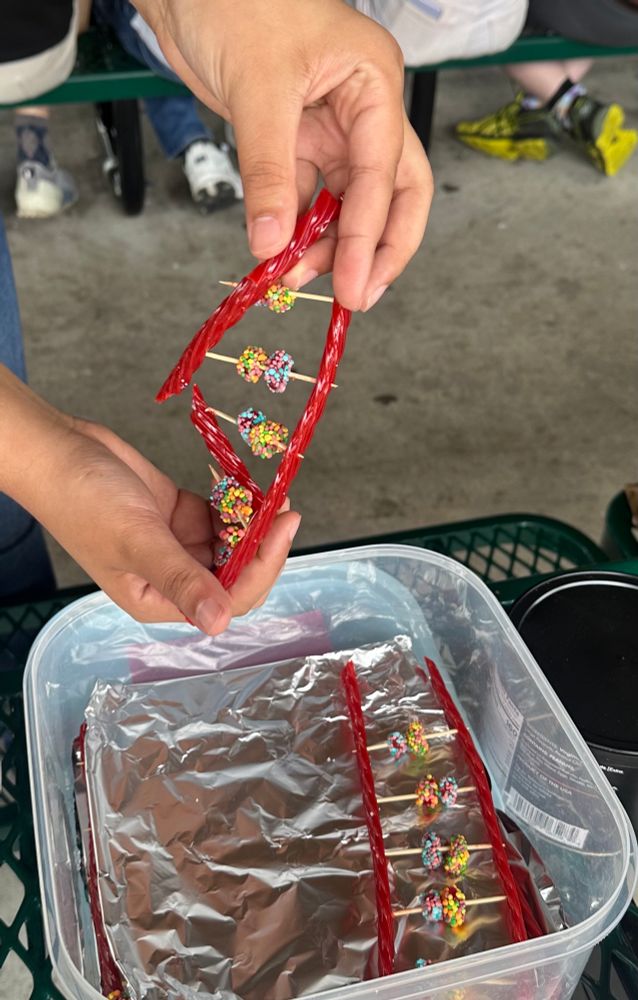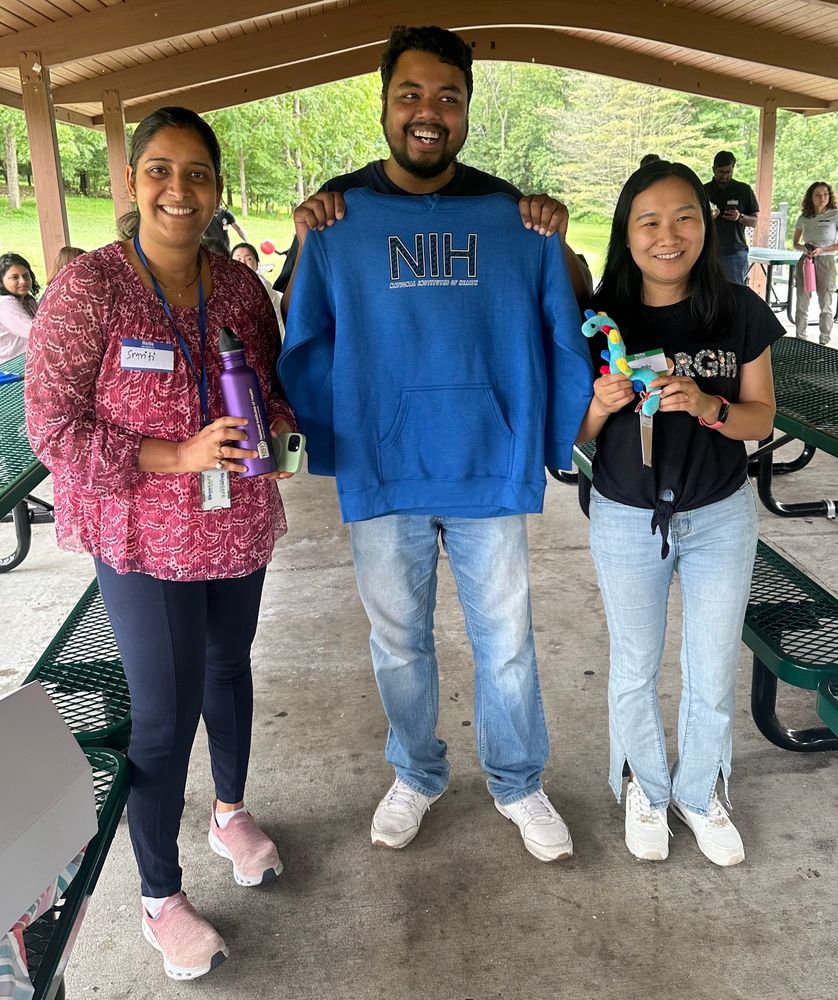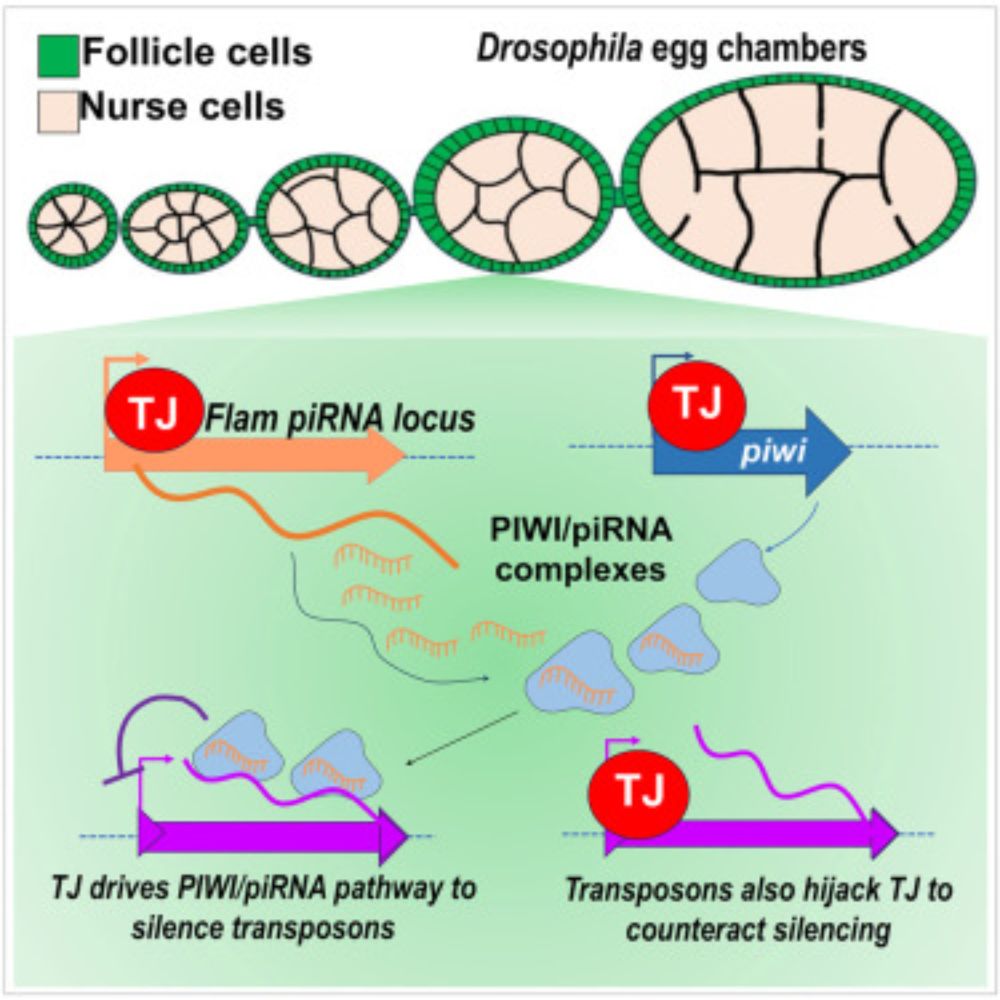Joana Vidigal
@vidigaljoana.bsky.social
1K followers
240 following
43 posts
Studying small RNAs and Argonaute proteins in mammals using mouse genetics. Part time runner, full time mom of Best Kiddo Ever (BKE)
https://ccr.cancer.gov/staff-directory/joana-a-vidigal
Posts
Media
Videos
Starter Packs
Reposted by Joana Vidigal
Reposted by Joana Vidigal
Sandra Wolin
@slwolin.bsky.social
· Aug 1
NIH had fun celebrating another #RNAday. Thanks to @vidigaljoana.bsky.social for organizing this great event and @slwolin.bsky.social for building a strong RNA community.



Reposted by Joana Vidigal
Reposted by Joana Vidigal













